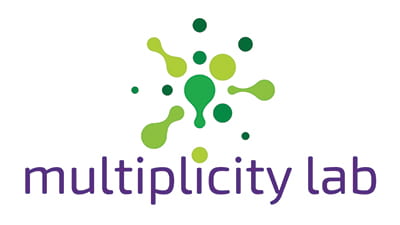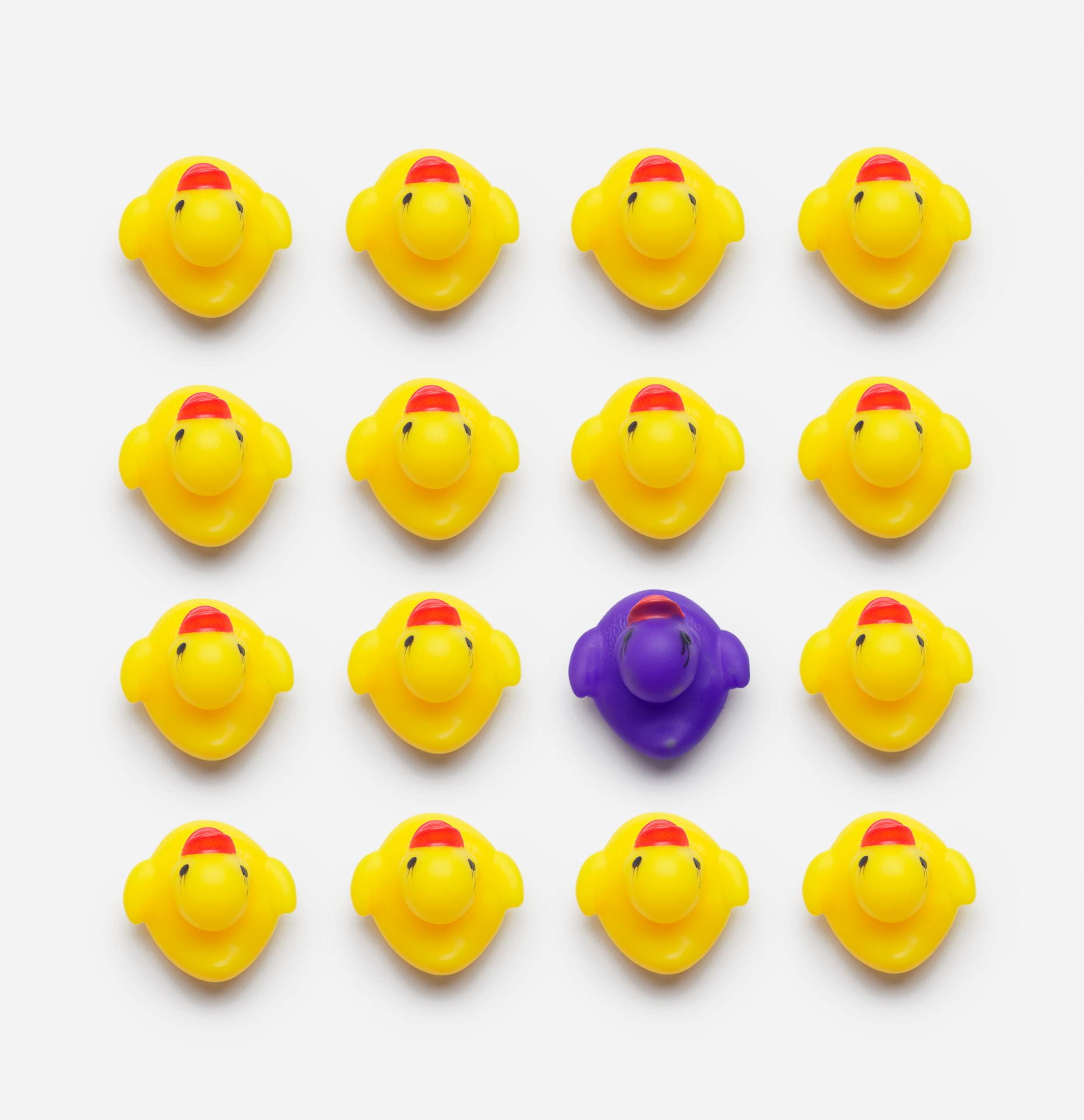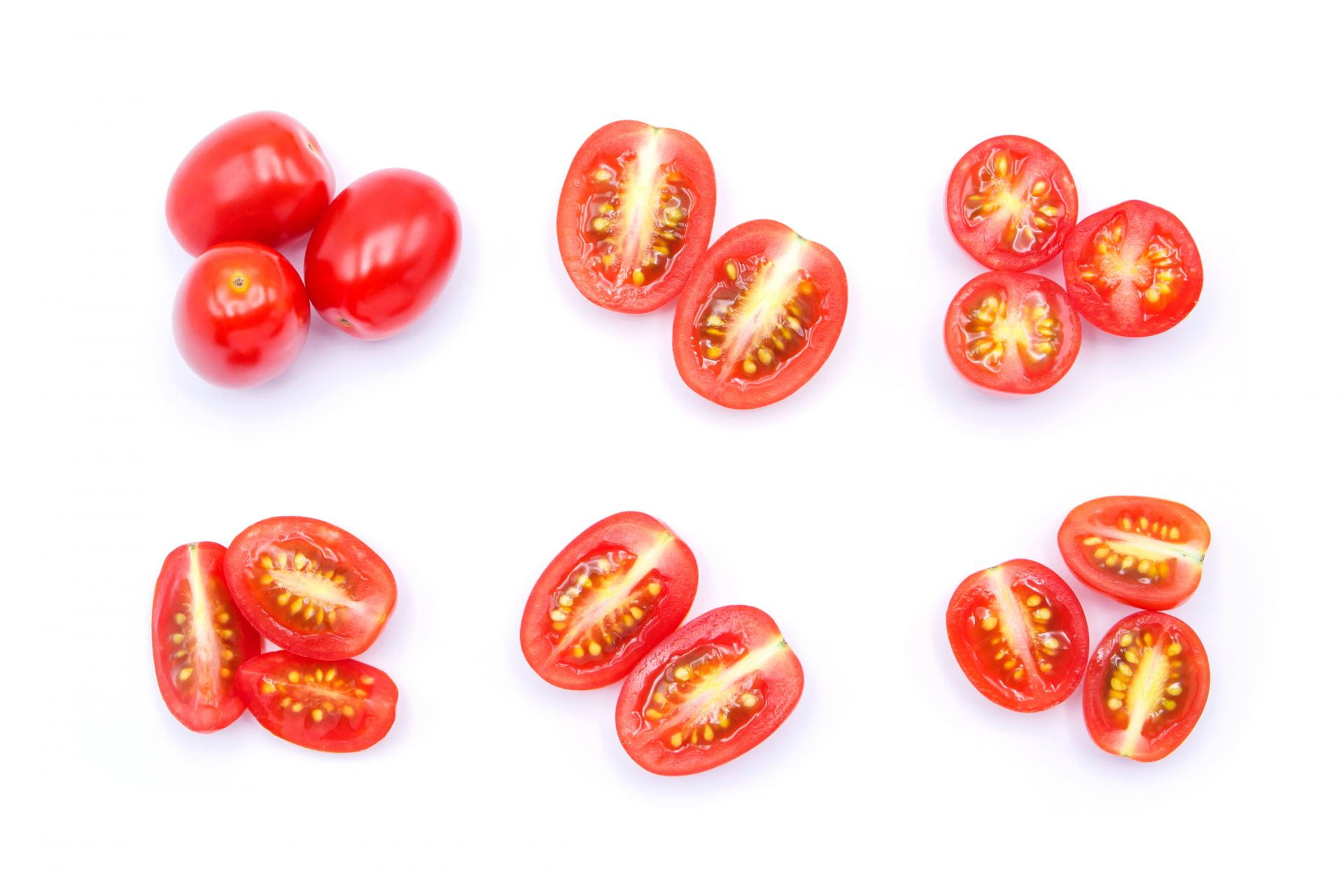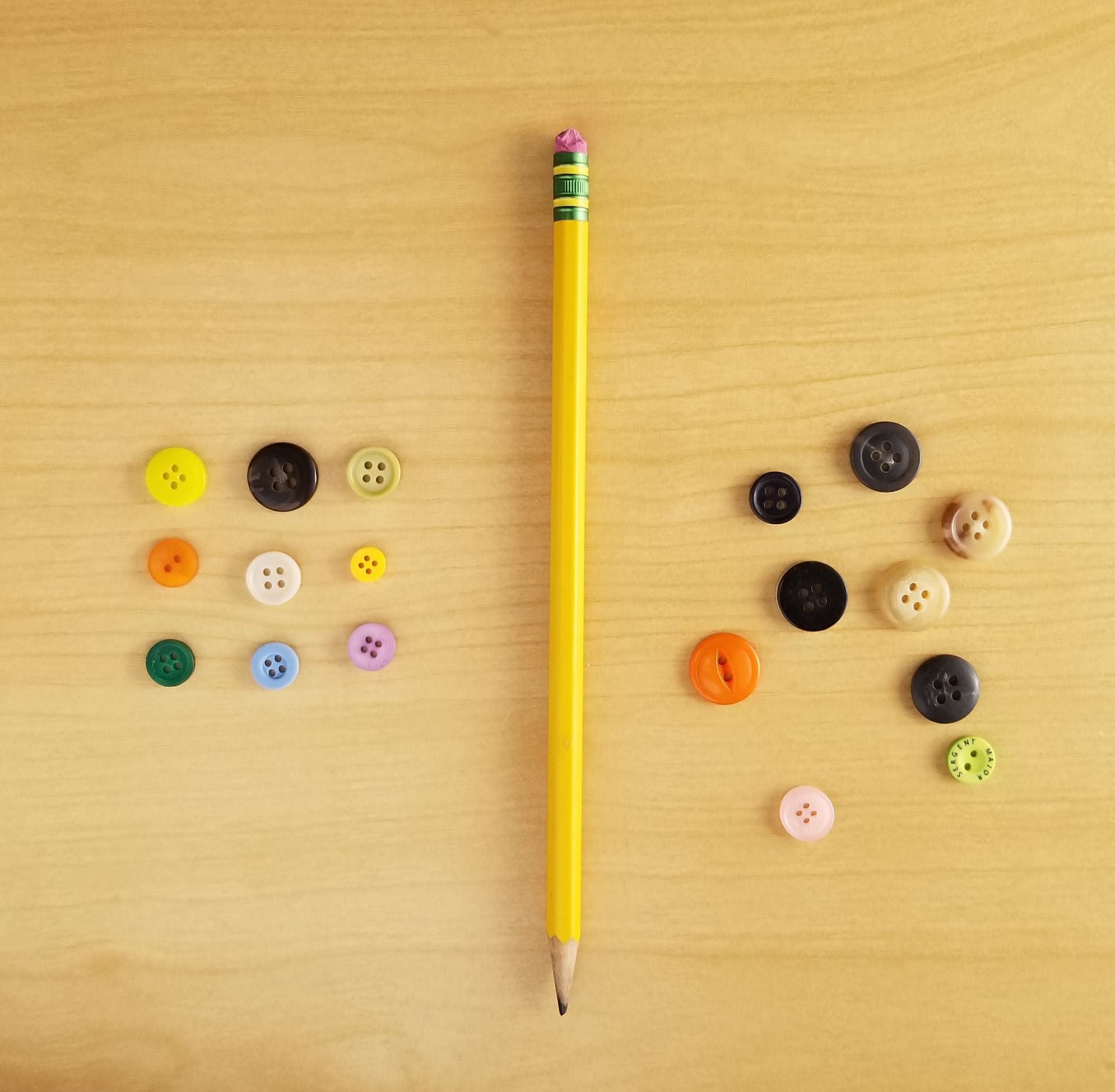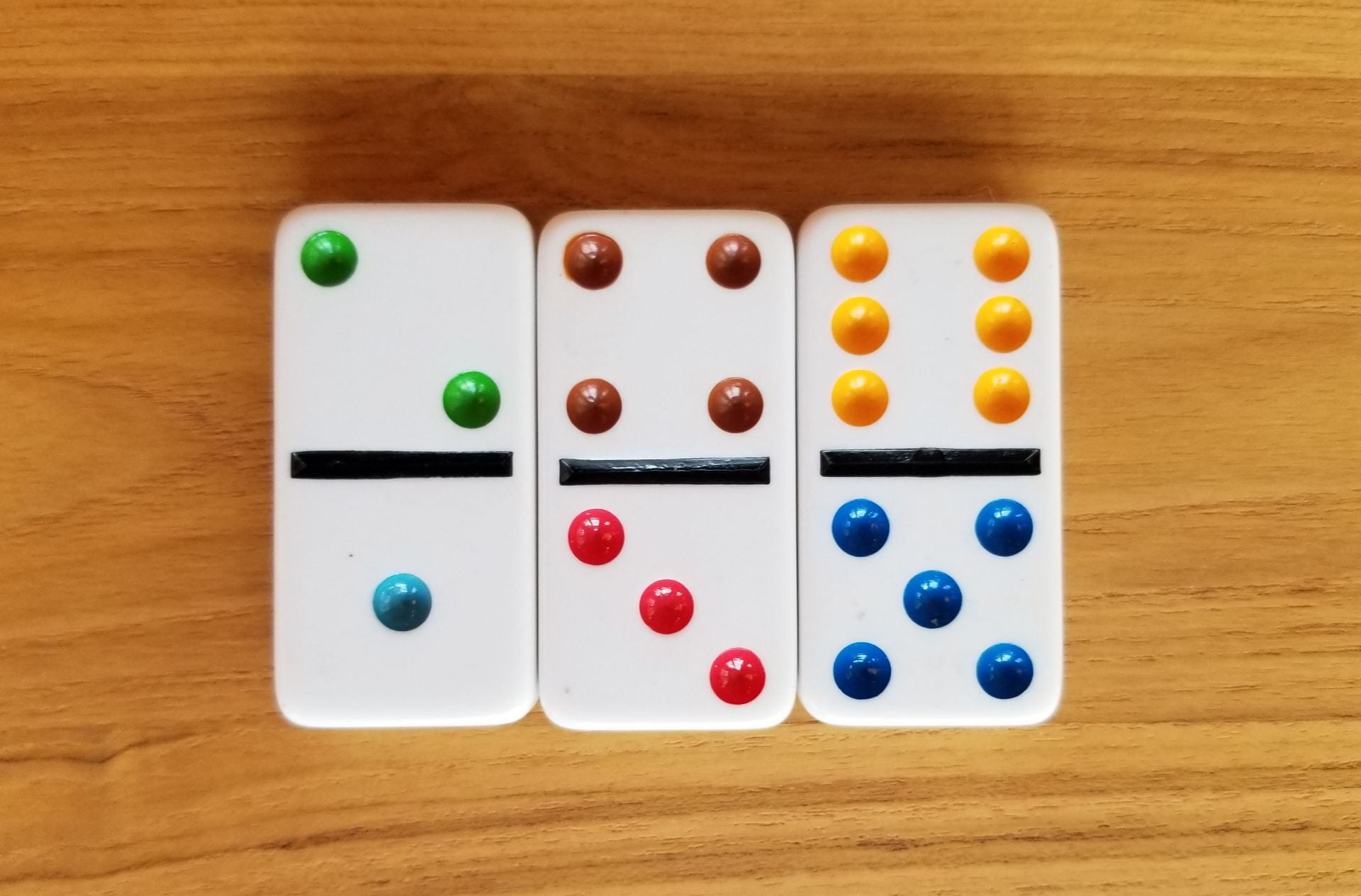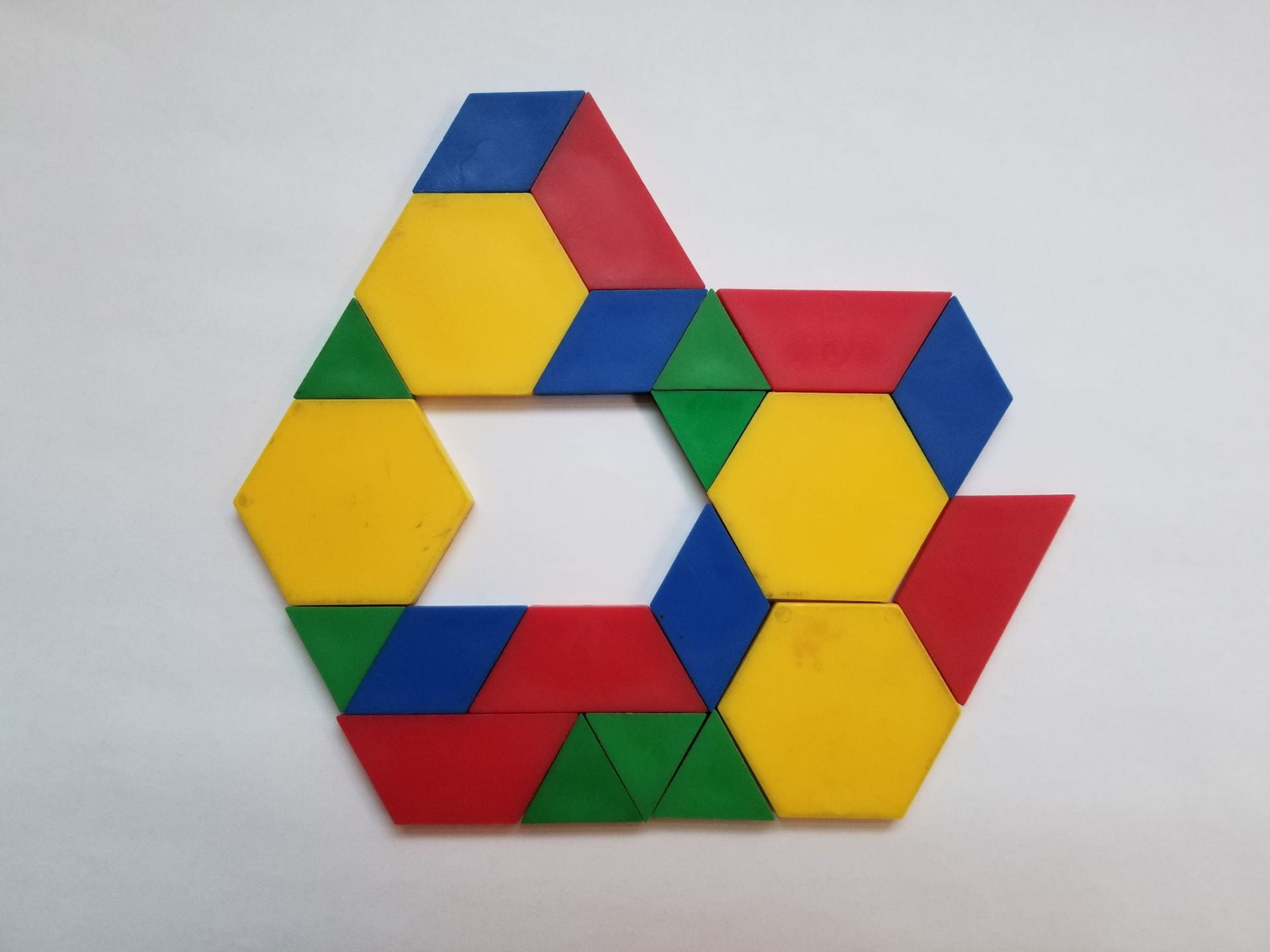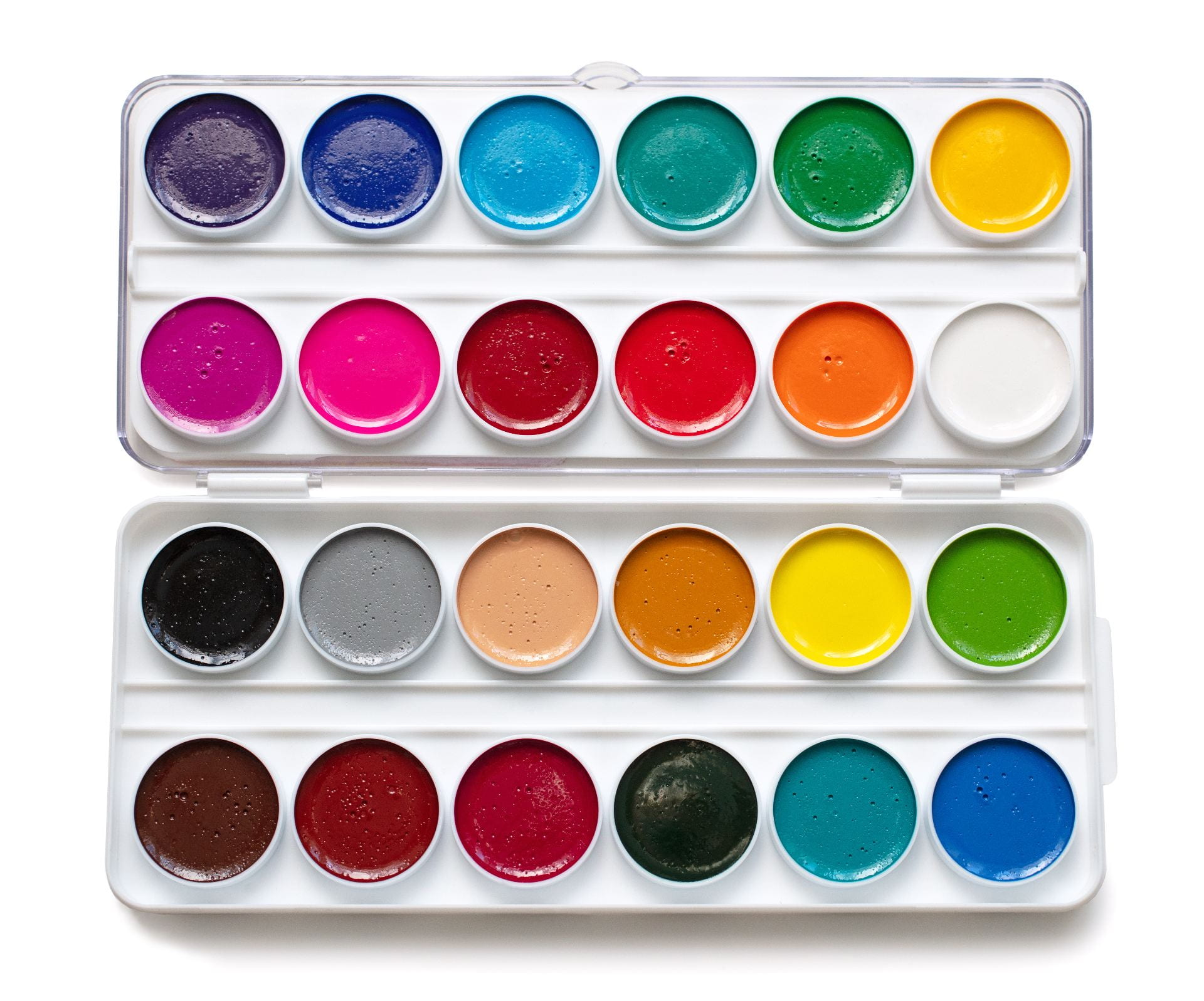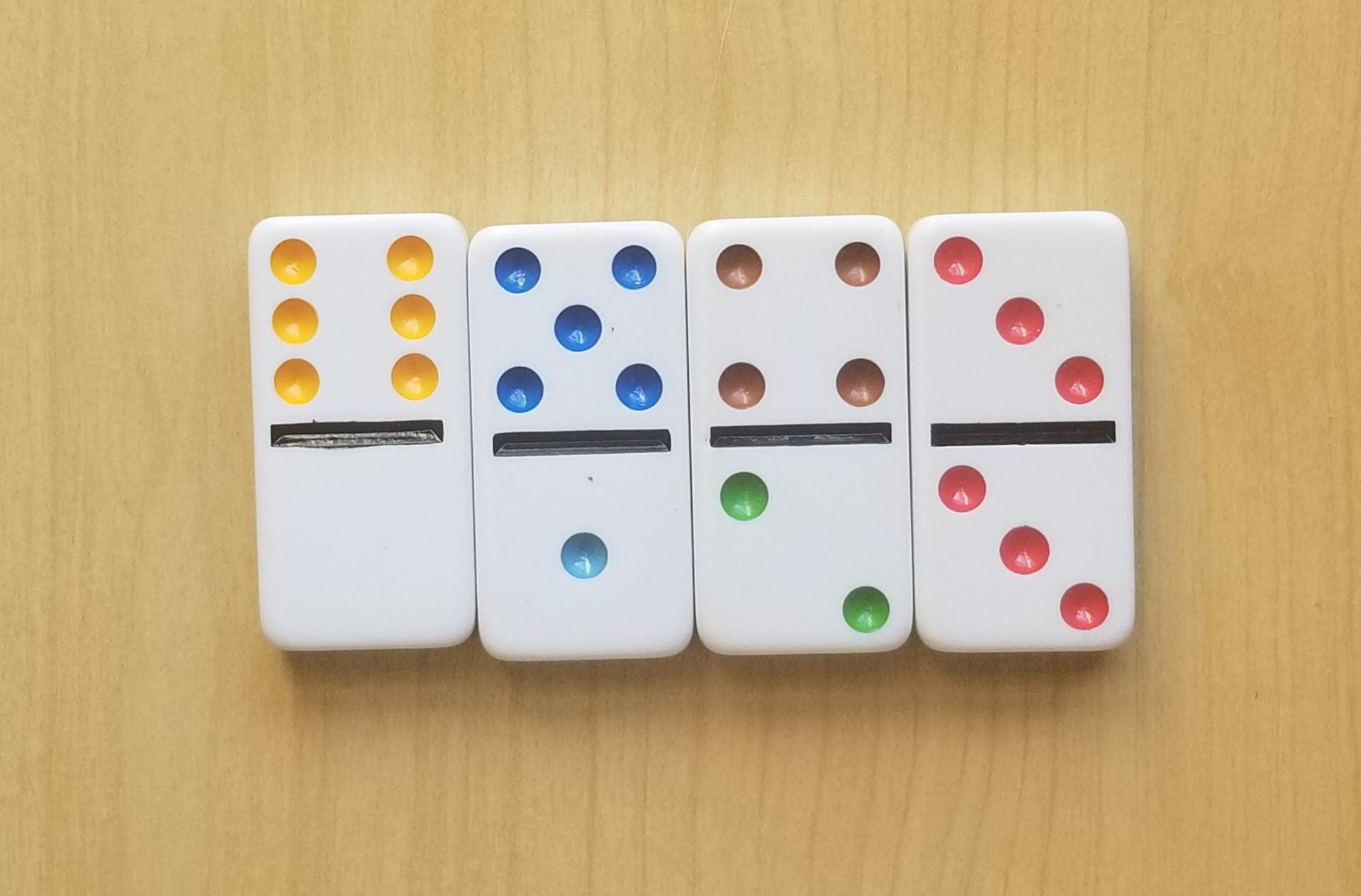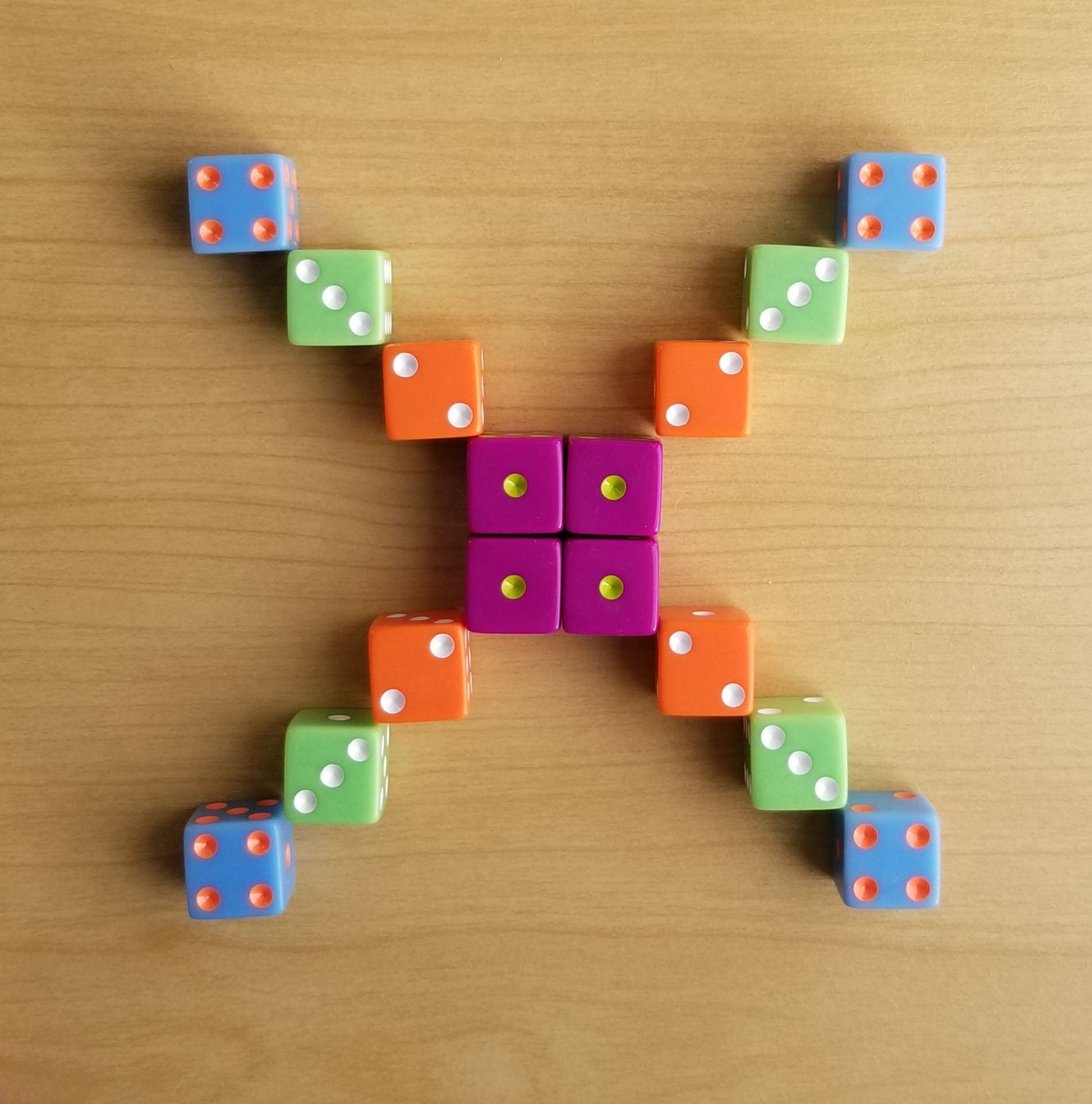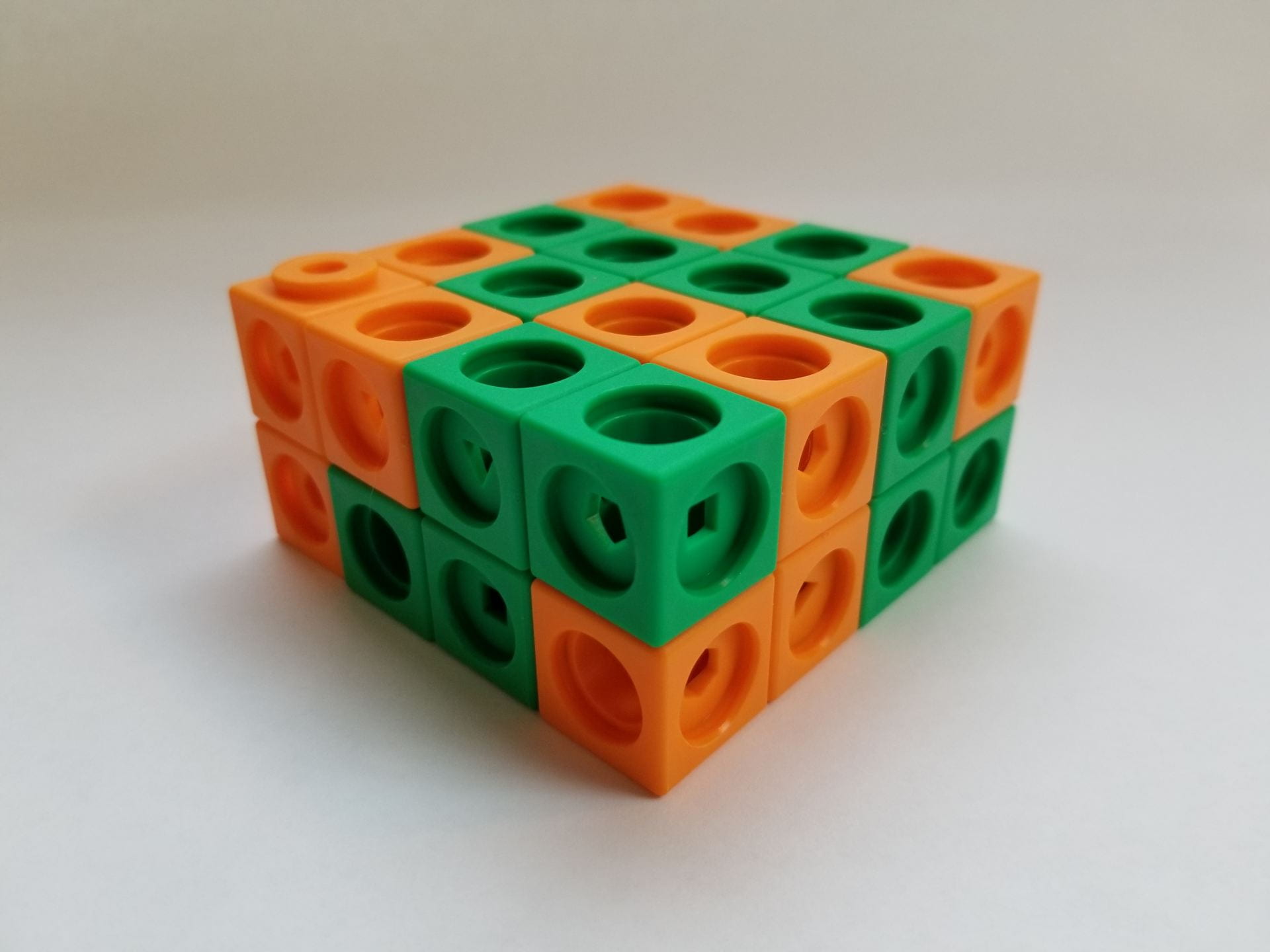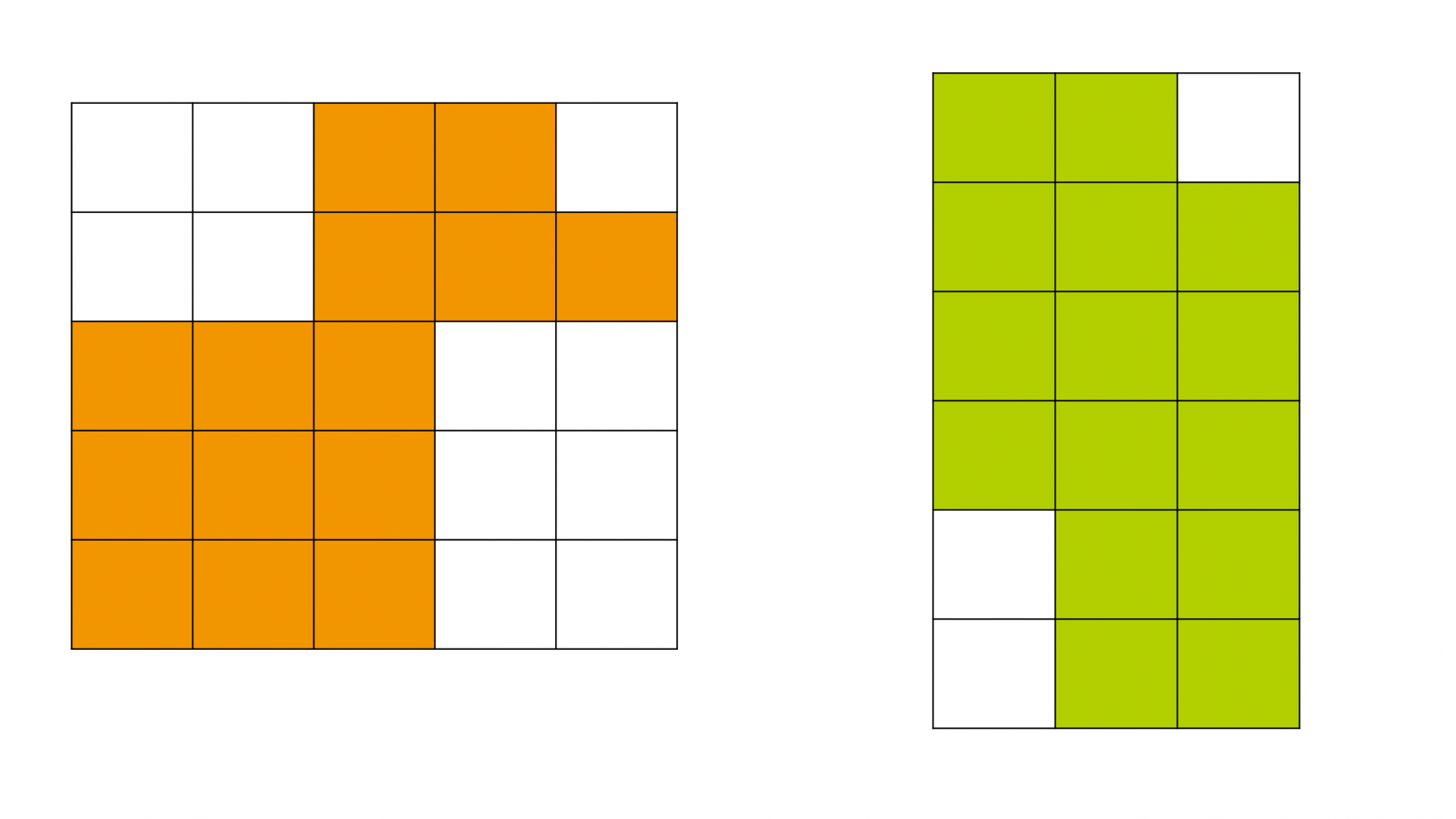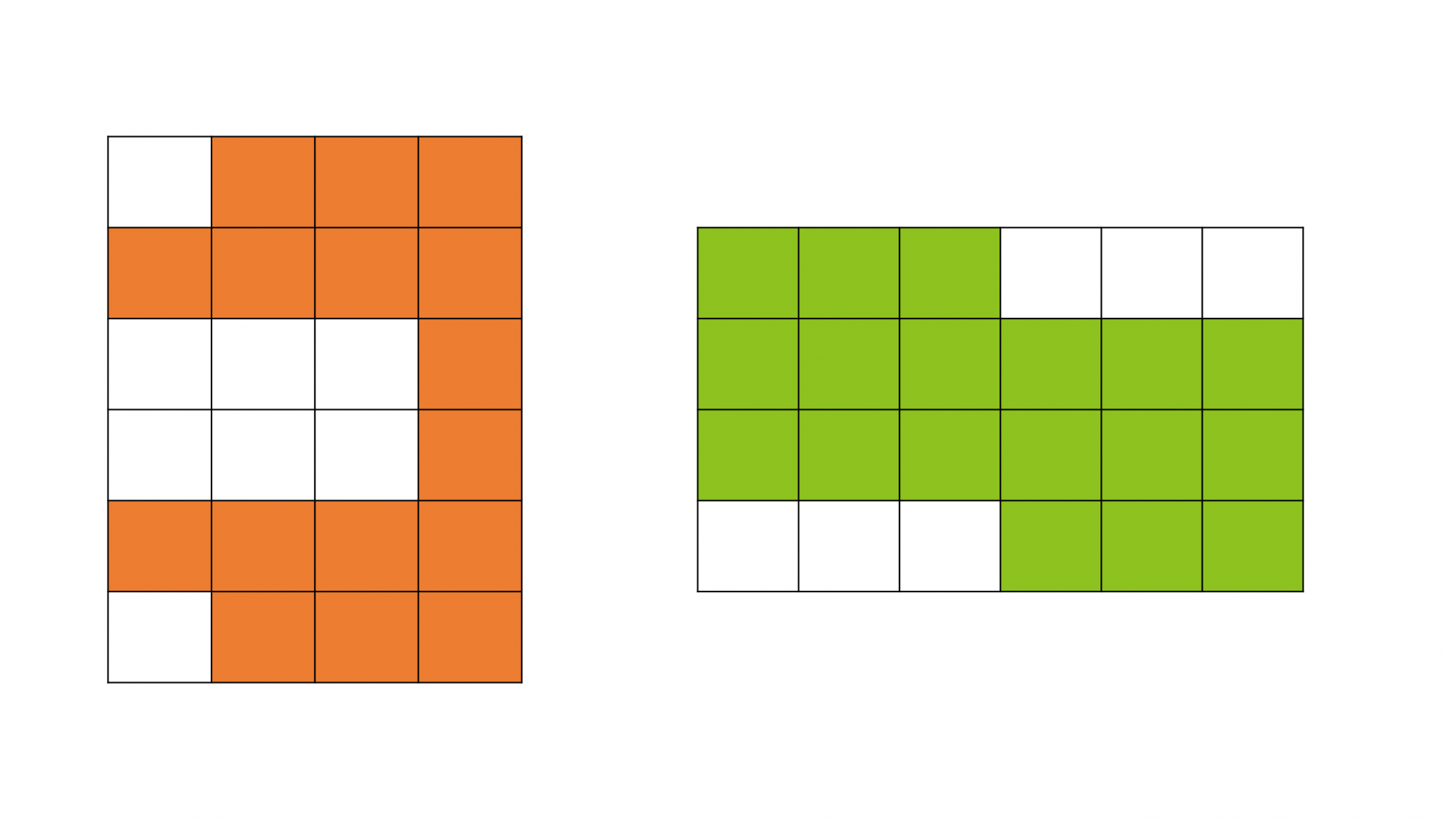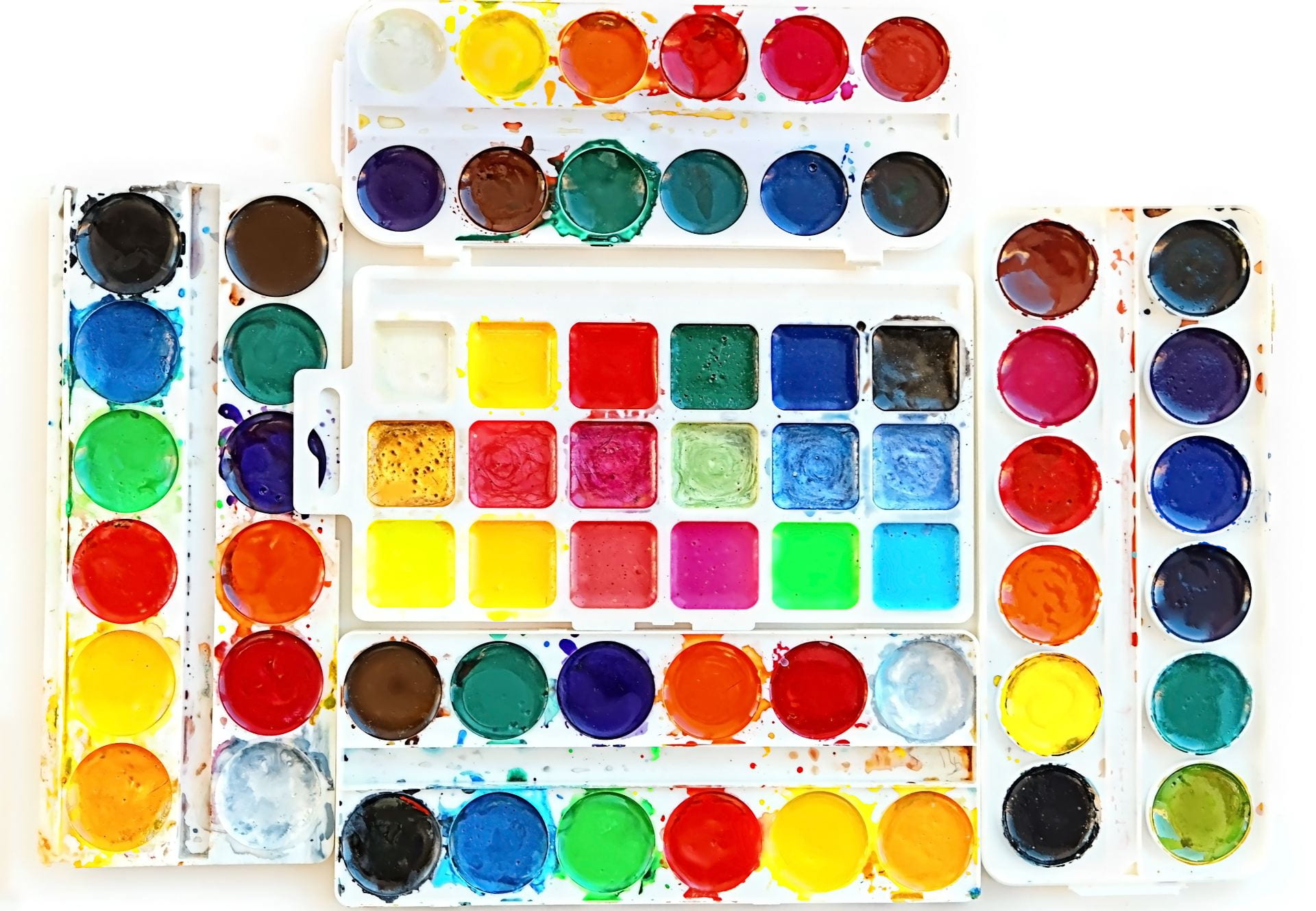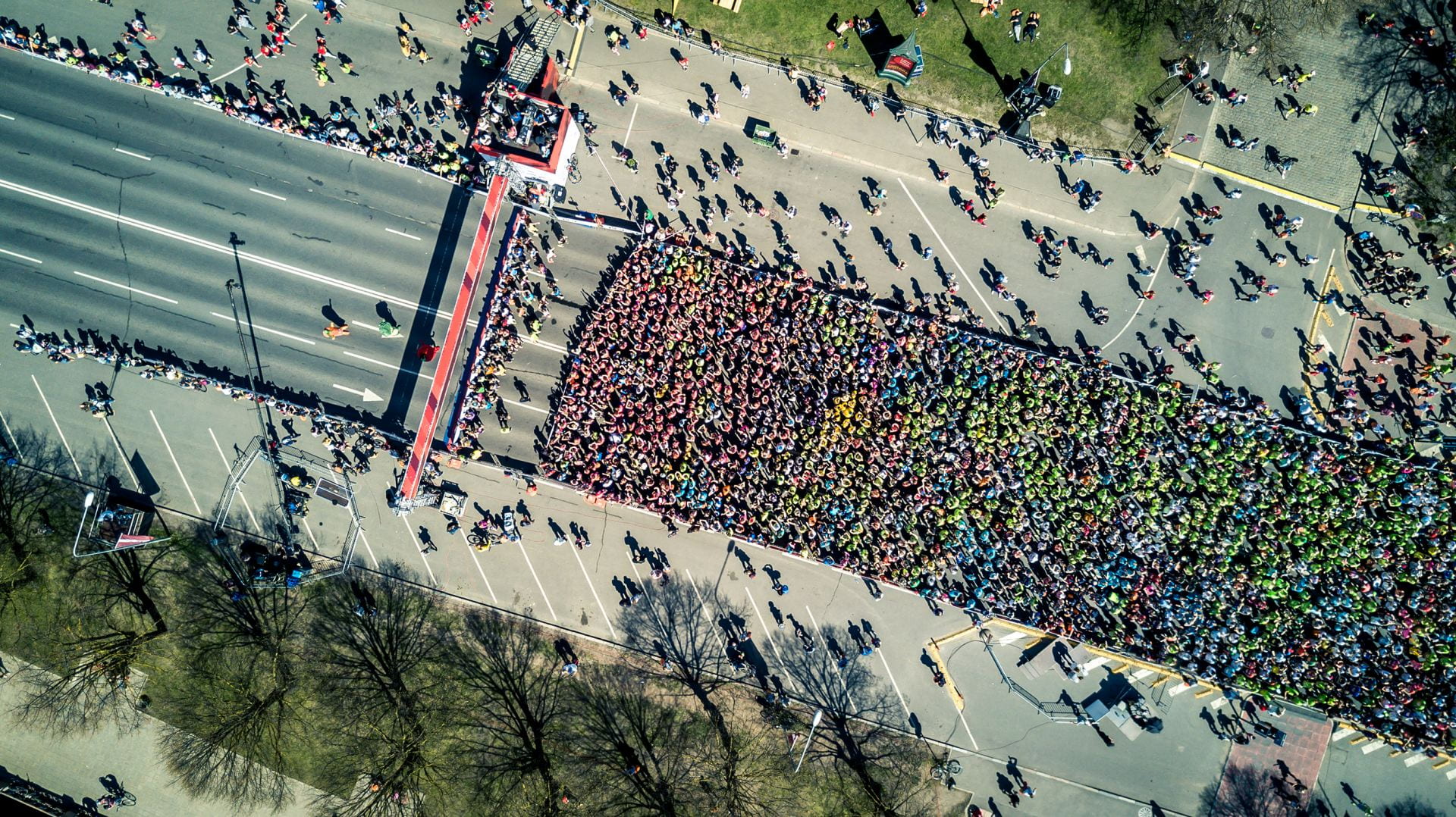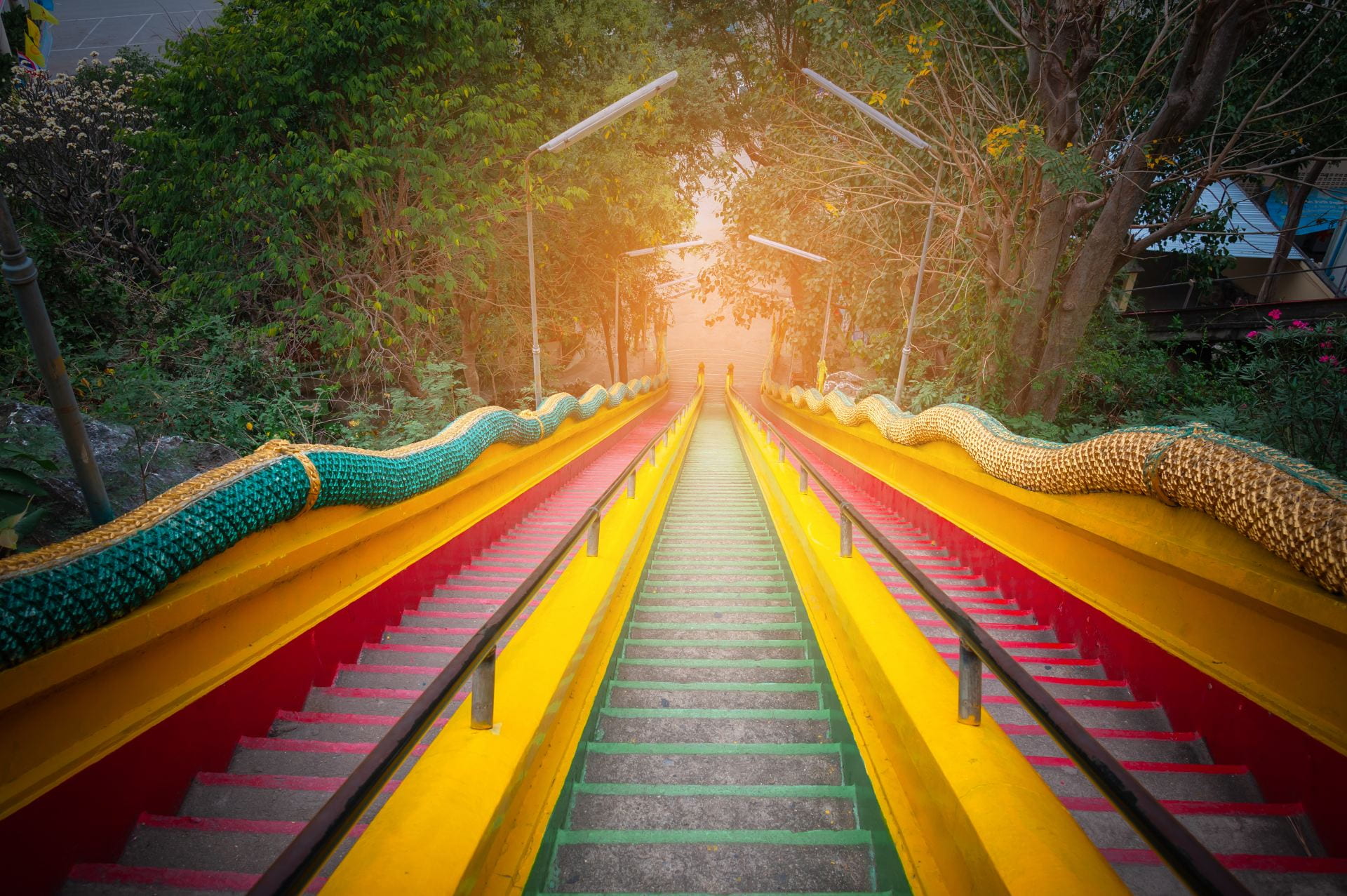Getting Started with Look-Think-Talk Activities
A Teacher's GuideCurious how to get your students talking about math in meaningful ways? Our Look-Think-Talk routine encourages students to share multiple ways of seeing, thinking, and doing, communicating to students that all of their ideas are worthy of exploration and consideration. Let’s get started! We’ve also got a pdf version of this guide if you’d like to print or share it.

We think the tasks that ask How many? And What patterns do you see? are good entry points. You can use our filter to find tasks with these questions in your grade level.
Or, choose from our starter set by grade band, shown below. We’ve curated a set of activities specifically for getting started.

Gather your students together where they can see the image you plan to share. Remember that screens are different sizes and some of the images have a lot of detail. Make sure kids can see. Explain that they’ll take time to look at an image with a question in mind, thinking carefully about it, and then talk together about their ideas.

Show the image and pose the discussion question, shown above the image in the green bar. For example, in the activity on the right, the discussion question is, “How many?”

These questions are sometimes written with intentional ambiguity. Asking, How many do you see? leaves it up to students to decide what to count and how, creating a multiplicity of solutions.

Give kids time to think. It may take some time for you and students to get comfortable with some silence. Invite them to move to see the image up close if they’d like. We also have pdf versions linked at the bottom of each activity, if you’d like to print them for students.
Challenge students to come up with multiple solutions or ideas.

Encourage students to offer as many different ideas about the image as they can. Ask students to describe their thinking in detail. We’ve provided some facilitation questions in the Ask drawer under each activity.
Be sure to let students come up to the screen to point at the features they noticed or explain their process.
You might ask:
- How did you see that?
- How do you know?
- What did you notice that helped you?
Be impressed! Be curious!
Great news: Students may share ideas you didn’t expect! Let their thinking guide the discussion. You’ll all learn something!

What worked well?
What could you tweak for next time?
What can you celebrate?
What kind of activity do you want to try next?
Signs to Celebrate
- You heard multiple voices.
- Students offered multiple solutions or strategies.
- Students were excited to share.
- Students talked about one another’s ideas.
- Students did something surprising or creative.
- You learned something about your students.
Get Started with these Activities
Ready to get started with your students? We have curated collections of Look-Think-Talk activities that are well-suited for introducing this routine to your students. Below you’ll find these collections organized by grade level (with ages, for those of you outside the US). These are just the beginning! Try a few of these with your students, then visit our filter to find more. Using the filter you can search by grade, but also by question, image type, and big idea.
